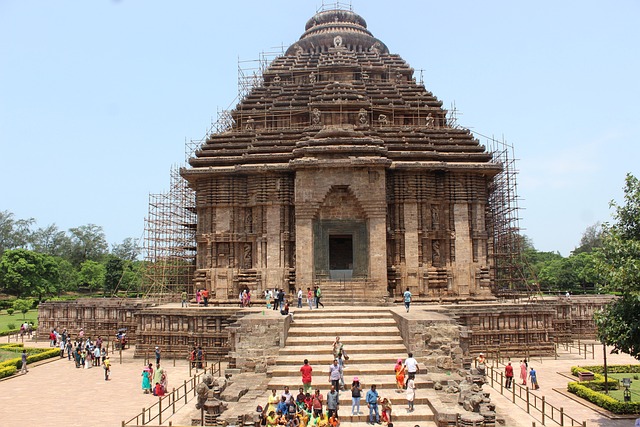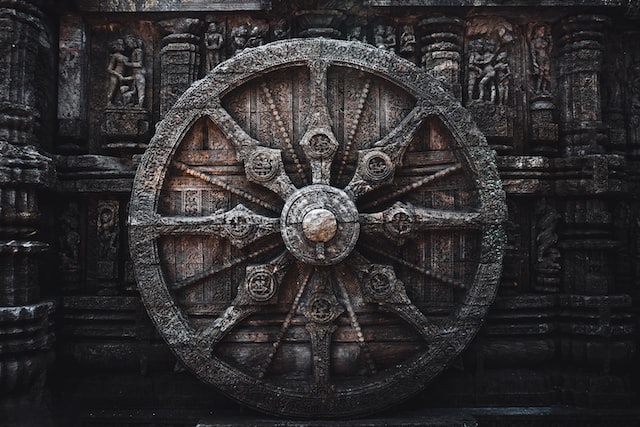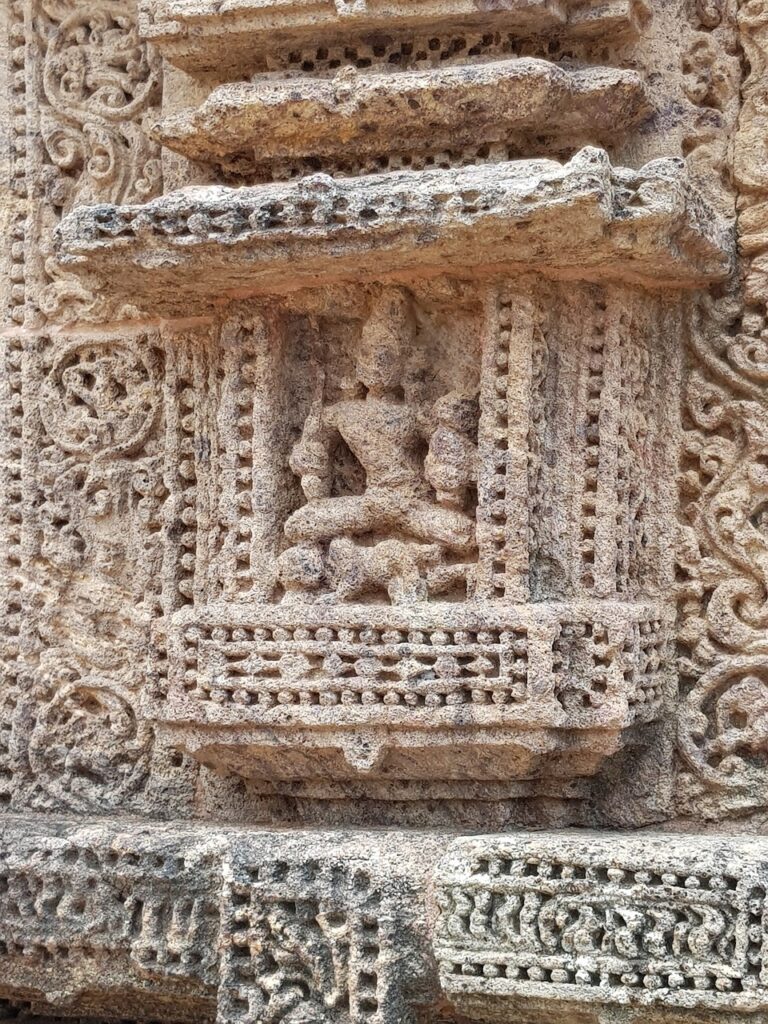The Konark Sun Temple is an ancient Hindu temple in the Indian state of Odisha. It is one of India’s most popular tourist destinations, famous for its stunning architecture and intricate carvings. While many people are aware of the basic facts about Konark sun temple , such as its dedication to the sun god Surya and its designation as a UNESCO World Heritage Site, there are many lesser-known facts about the temple that are worth investigating. In this blog, we’ll look at ten little-known Konark Sun Temple Facts.
1. The temple was built in the 13th century

The Konark Sun Temple was built to commemorate a military victory in the 13th century. The temple’s construction began in 1255 CE and took approximately 12 years to complete. The temple was built in the shape of the sun god Surya’s chariot and was dedicated to him. According to legend, King Narasimhadeva I, the ruler of the Eastern Ganga dynasty, defeated an invading Muslim army. As a result of his victory, he commissioned the Konark Sun Temple to be built as a symbol of his victory over his enemies. The temple is said to have been built in honour of the sun god Surya, who is said to have helped the king in battle.
2. The temple’s design is based on Hindu mythology

The Konark Sun Temple was inspired by Hindu mythology. Surya, the sun god, is said to travel across the sky in a chariot drawn by seven horses. The temple is built in the shape of Surya’s chariot, with 24 massive wheels, each 10 feet in diameter.
3. The temple was once covered in gold
The Konark Sun Temple was once completely covered in gold. The gold, however, was removed in the 16th century by Mughal emperor Akbar. According to legend, the gold was so valuable that it was used to fund the construction of the world-famous Taj Mahal.
4. The temple was partially destroyed by the Portuguese

The Portuguese partially destroyed the Konark Sun Temple in the 16th century. During their time in India, the Portuguese were known for their hatred of Hinduism, and they destroyed many Hindu temples. The Konark Sun Temple was one of their targets, and they damaged many of its intricate carvings.
Also read : The Story of Eagles and snakes becoming enemies
5. The temple is designed to align with the sun
The Konark Sun Temple is oriented to face the rising sun. The temple is positioned so that the first rays of the sun fall on the temple’s main entrance. The design of the temple also allows sunlight to pass through its main entrance and illuminate the inner sanctum.
6. The temple’s carvings depict erotic scenes

The intricate carvings on the Konark Sun Temple are one of its most fascinating features. The temple is covered in carvings that depict scenes from Hindu mythology as well as scenes from daily life. Many of the carvings, however, depict erotic scenes, which is unusual for a temple. The carvings are thought to depict the joys of physical love as a form of worship.
7. The temple was constructed without using cement.
The Konark Sun Temple was constructed without using cement. The stones in the temple were cut and fit together with such precision that they do not require any cement or adhesive to keep them in place. The interlocking nature of the temple’s stones contributes to its stability.
8. The “Black Pagoda” is another name for the temple.
The “Black Pagoda” is another name for the Konark Sun Temple. The temple was given its nickname by European sailors who used it as a navigational aid. The black granite stones of the temple were said to be visible from a long distance out at sea, serving as a guide for sailors.
9. The temple was built using an ancient engineering technique
The Konark Sun Temple was constructed using an ancient engineering technique known as mortise and tenon. To create a strong bond, a protruding piece (tenon) from one stone is cut and fitted into a cavity (mortise) from another stone. This technique is heavily used in the temple’s construction, making it one of India’s most impressive examples of ancient engineering.
10. The temple has a unique sound effect
The Konark Sun Temple has a distinctive sound effect known as the “musical steps.” The friction between the stone steps and the soles of your shoes produces a musical sound as you climb the steps to the temple’s entrance. This effect is thought to have been done on purpose as a form of entertainment for the temple’s visitors.
